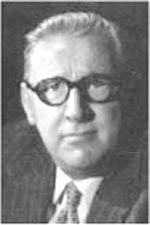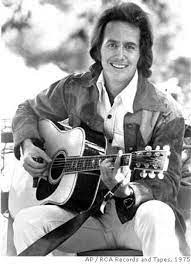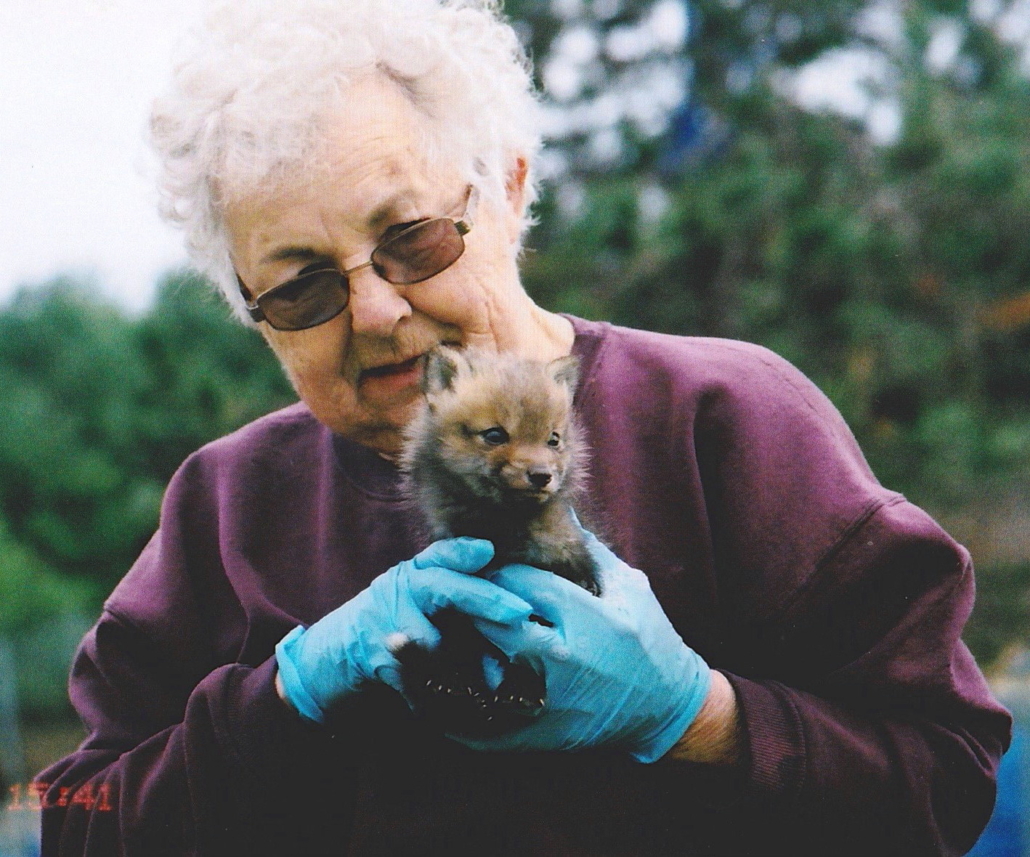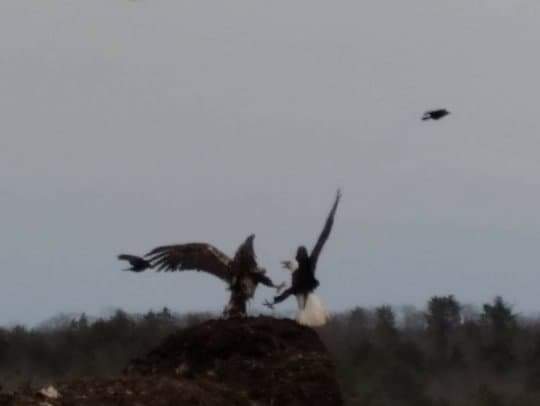I’M JUST CURIOUS: The right place
 by Debbie Walker
by Debbie Walker
I read an amazing theory on Facebook, a computer social program, I have no idea who is the author, but I am impressed with the words of wisdom. If you already saw this, I hope you will enjoy the premise of the theory again.
A man was giving his daughter the gift of an old “seen better days” car. His instruction was for her to take it to a car dealer to see what they would offer to purchase the car. She came back and told her dad they offered $1,000.
Next, he told her to take it to a pawn shop to see what their offer is. Well, that price was only $100.
Lastly, he told her to take the car to a car club meeting to see if there was any interest. Some people in the club offered $100,000 for it since it was an iconic car and sought after by many.
I am quoting the story now: “The father said to his daughter, ‘The right place values you the right way. If you are not valued, do not be angry, it means you are in the wrong place. Those who know your value are those who appreciate you. Never stay in a place where no one sees your value.’”
Wouldn’t it be wonderful if we were all raised to be aware of our personal value? Are you aware of your value in your daily life? Do you know your value to your childhood family, friends, and teachers? Do you know your value to the family you are raising? Do your spouse and family know their value to you?
I’ll bet you never thought much about it even after reading the story, but take a few minutes to think about this, what would your value be? What value do you give others?
None of this has anything to do with dollars and cents. Since I am retired the career/job aspect doesn’t fit my life’s value. I am looking back at my employment years and I believe I placed too much value in that part of my life. It had a great deal to do with what I saw as my value of myself.
Raising my daughter, I am not sure either of us truly understood “value”. I think she looked at me as “something to survive”. We argued quite a bit. I think we both looked at each other more with the word “tolerance”!
Unfortunately, in my married life my husband suffered from depression most all his life. I doubt either of us valued the other. After too many years I did realize I was in the wrong place.
These days I am very aware of my wonderful friendships and family and how much we value each other. If you doubt your value, are there grandkids around? The first time this little chubby toddler came running towards me with arms flying wildly hollering “Nana” hug! Value, oh yeah!
I’m just curious if any of this has you changing your perception of value. It did me.
Contact me with any comments or questions at DebbieWalker@townline.org.
Thanks for reading and have a wonderful week!
















